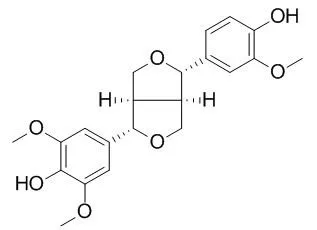
ChemFaces products have been cited in many studies from excellent and top scientific journals
Contact Us
Order & Inquiry & Tech Support
Tel: (0086)-27-84237683
Tech: service@chemfaces.com
Order: manager@chemfaces.com
Address: 176, CheCheng Eest Rd., WETDZ, Wuhan, Hubei 430056, PRC
How to Order
Orders via your E-mail:
1. Product number / Name / CAS No.
2. Delivery address
3. Ordering/billing address
4. Contact information
Order: manager@chemfaces.com
Delivery time
Delivery & Payment method
1. Usually delivery time: Next day delivery by 9:00 a.m. Order now
2. We accept: Wire transfer & Credit card & Paypal
Citing Use of our Products
* Packaging according to customer requirements(5mg, 10mg, 20mg and more). We shipped via FedEx, DHL, UPS, EMS and others courier.
According to end customer requirements, ChemFaces provide solvent format. This solvent format of product intended use: Signaling Inhibitors, Biological activities or Pharmacological activities.
| Size /Price /Stock |
10 mM * 1 mL in DMSO / Inquiry |
Other Packaging |
*Packaging according to customer requirements(100uL/well, 200uL/well and more), and Container use Storage Tube With Screw Cap |
More articles cited ChemFaces products.
- J Plant Biotechnol.2023, 50:070-075.
- J Agric Food Chem....2022...
- Mol Med Rep.2023 Oct;28(4):193.
- Pharmaceuticals (Basel)....2024...
- Sci Rep.2017, 7:467-479
- Korean J. Food Sci. & Technol....2022...
- Plants (Basel).2021, 10(7):1376.
- Int. Conference on Med. Sci. and ...2017...
- Research Square2021, March 3rd.
- Cell Death Discov.2023, 9(1):350.
- Chinese Pharmaceutical Journal...2023...
- Enzyme and Microbial Technology...2022...
- Front Cell Infect Microbiol.2018, 8:292
- Molecular & Cellular Toxicology...2017...
- Pamukkale Medical Journal...2022...
- Microchemical Journal2018, 137:168-173
- J Agric Food Chem....2020...
- Int. J. Mol. Sci. 2022, 23(3),1696.
- Curr Issues Mol Biol....2024...
- ACS Omega2020, 5,33,20825-20830
- J Cell Mol Med . 2023, jcmm.17954.
- Plants (Basel).2020, 9(11):1422.
- J Agric Food Chem....2021...
- More...
Our products had been exported to the following research institutions and universities, And still growing.
- University of Maryland School o... (USA)
- VIT University (India)
- Centrum Menselijke Erfelijkheid (Belgium)
- Monash University Sunway Campus (Malaysia)
- University of Sao Paulo (Brazil)
- National Hellenic Research Foun... (Greece)
- Universidade Católica Portuguesa (Portugal)
- Griffith University (Australia)
- Universitas Airlangga (Indonesia)
- University of Toulouse (France)
- Rio de Janeiro State University (Brazil)
- More...




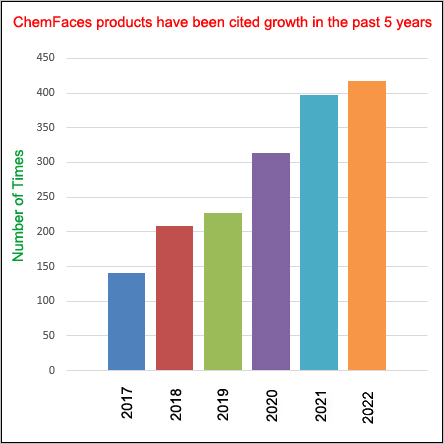
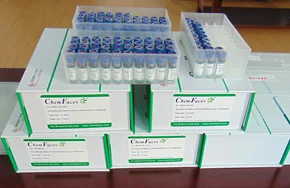
 Cell. 2018 Jan 11;172(1-2):249-261.e12. doi: 10.1016/j.cell.2017.12.019.IF=36.216(2019)
Cell. 2018 Jan 11;172(1-2):249-261.e12. doi: 10.1016/j.cell.2017.12.019.IF=36.216(2019)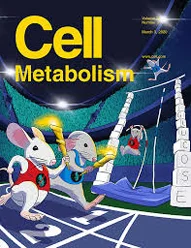 Cell Metab. 2020 Mar 3;31(3):534-548.e5. doi: 10.1016/j.cmet.2020.01.002.IF=22.415(2019)
Cell Metab. 2020 Mar 3;31(3):534-548.e5. doi: 10.1016/j.cmet.2020.01.002.IF=22.415(2019)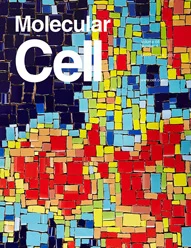 Mol Cell. 2017 Nov 16;68(4):673-685.e6. doi: 10.1016/j.molcel.2017.10.022.IF=14.548(2019)
Mol Cell. 2017 Nov 16;68(4):673-685.e6. doi: 10.1016/j.molcel.2017.10.022.IF=14.548(2019)